Content Warning: This article contains themes about sexual assault. Reader discretion is advised.
At this time I do not wish to write about the events of the assault itself but more about the journey it took me on. If you would like to read more details about the actual assault I do have a more detailed blog on my website that I wrote a while back. I would like to say though that my healing is miles ahead of where it was when I wrote that post and I am happy to share this blog from the state I am in now surrounding the effects of my sexual assault.
Well here it goes: Sexual assault is not the easiest topic to open up and it’s usually just as hard to read as it is to write about. I do believe though that without discussing this topic so many will suffer in silence so I want to do my part in opening the door to discussion by sharing my sexual assault story with you. I will aim to keep it short as there are so many sub-topics within this that I could touch on but for the purpose of this blog, and bringing awareness to sexual assault this month I will keep each section brief.
Sport has always been my sanctuary, a realm where I could push my boundaries, cultivate camaraderie, and express my passion through performance. However, the trauma of sexual assault shattered this sanctuary, casting a shadow over my love for sport and everything that came along with it.
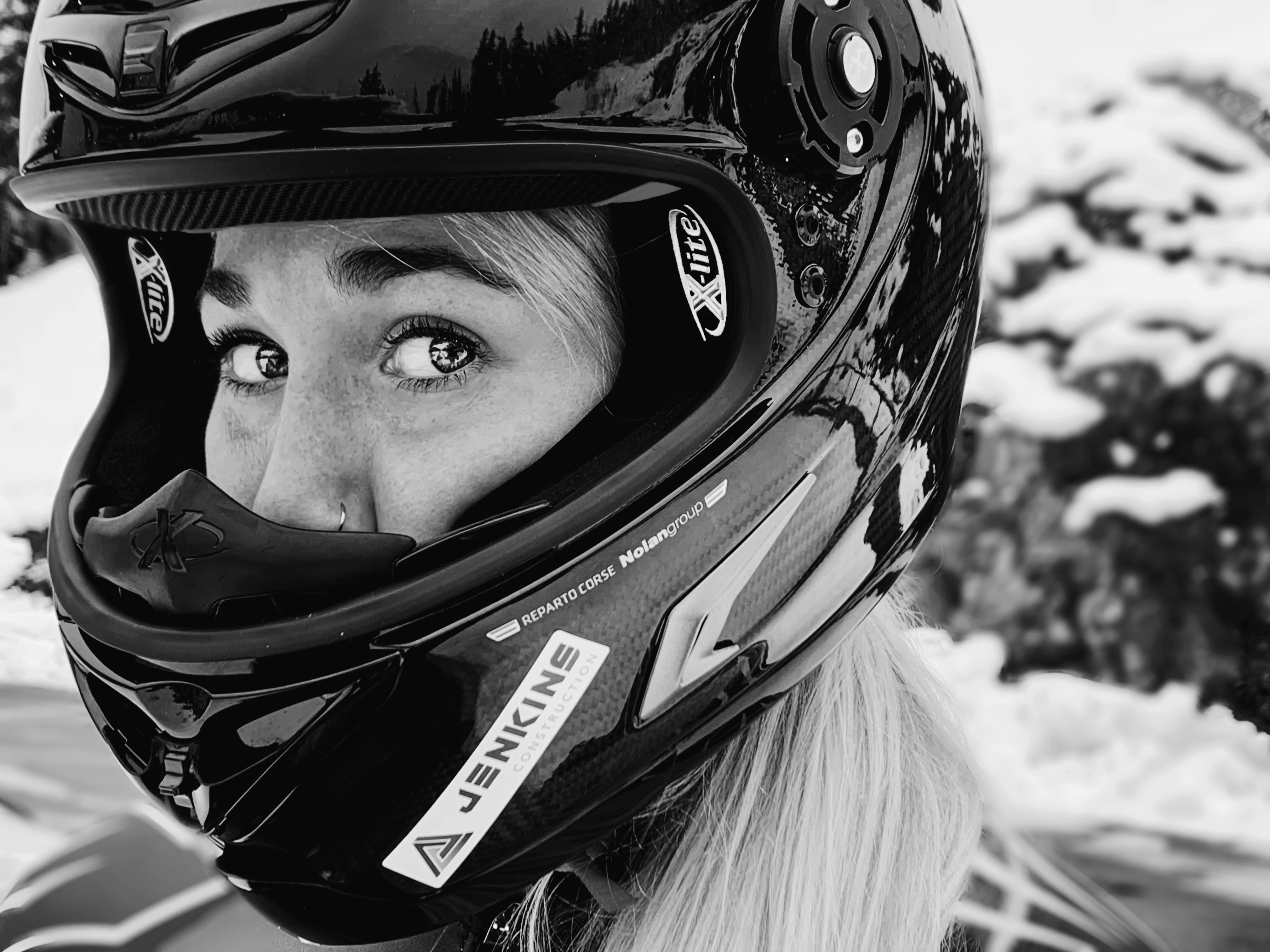
Source: Mackenzie Stewart
In this piece, I'll recount how the darkness of assault infiltrated both my life and athletic journey, and how, with the aid of therapy and unwavering resolve, I emerged stronger, rediscovering my love for sport.
Part 1: Navigating the Darkness
At 24, I went through something no one should ever have to experience: sexual assault. It hit me like a wrecking ball, leaving me drowning in fear, shame, and self-doubt. The trauma didn't just affect me mentally — it seeped into every corner of my life. I stopped caring for myself, neglecting my well-being and even putting myself in dangerous situations. It sounds crazy, but in those moments of recklessness, I found a twisted kind of relief — a fleeting sense of emotion in a sea of numbness. Looking back, I see it now for what it was: a desperate cry for help, a silent plea for someone to notice that I was drowning.
I needed someone to care for me because I couldn't muster up the strength to care for myself. The assault stripped away my sense of worth, leaving me feeling unworthy of love, like I was nothing more than a broken shell. It didn't just take away my confidence, happiness and social life—it took away my identity as an athlete. Suddenly, the sport that used to bring me so much joy became a constant reminder of my vulnerability and pain.
Every moment spent in the presence of my teammates and within the confines of my training environment felt like a cruel charade. Behind fake smiles and laughter, I choked back tears, burying the pain beneath a mask of false values that betrayed the essence of who I truly was. I pretended everything was okay, all the while suffocating under the weight of my silence. I had never been this person, I was so sure that I would be the strong, unshakeable woman who would speak up if wronged and stand for a better future of women in sports. The fact that I didn’t speak up caused extreme internal struggle, as I questioned my own character and what I really stood for.
Part 2: The Impact of Trauma
In the month following, I found myself drowning in a sea of worthlessness, guilt, self-hatred, and weakness. The aftermath of this sexual assault stripped away my sense of control, leaving me feeling powerless and alone. I became a mere outline of the vibrant, confident individual I once was, consumed by disgust and self-loathing.
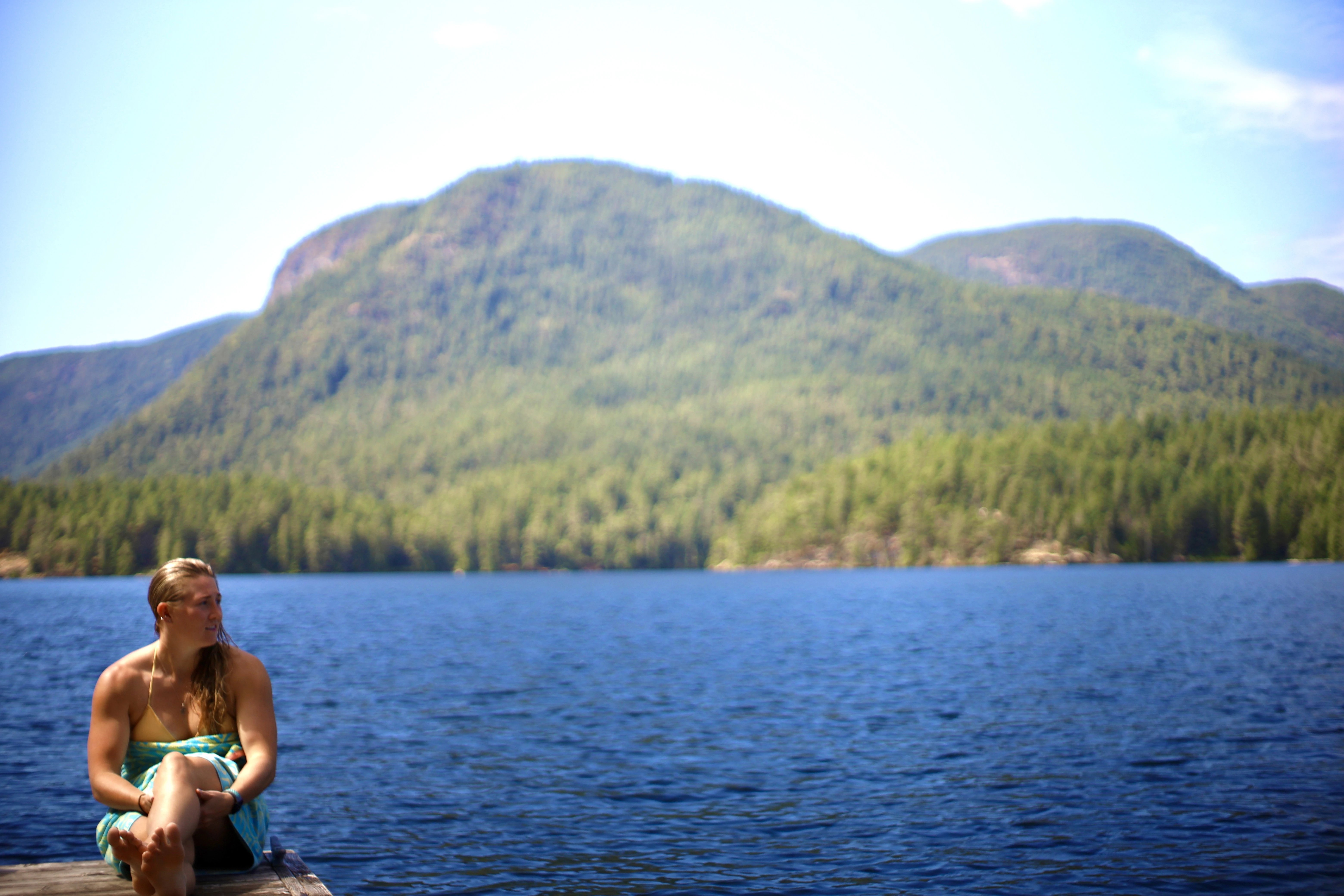
Source: Mackenzie Stewart
For two long years, I went to work with the individual who had assaulted me and carried the burden of silence, haunted by the belief that somehow, it was my fault. The options laid before me — file a police report or engage in a mediated conversation — felt like impossible choices, each laden with the crushing weight of shame and uncertainty. I couldn't bear to confront the truth, to acknowledge the reality of what had been taken from me.
I wanted to believe in the goodness of humanity to paint a picture that my assault had been an accident, that my teammate was a good person and they didn’t mean to. This constant conflict in my head kept me silent as I couldn’t navigate a way around the only options presented to me.
Part 3: The Journey to Healing
With the support of loved ones and the guidance of a therapist, I embarked on the journey of healing. Therapy provided a safe harbor where I could confront my trauma, untangle my emotions, and challenge the self-blame that till this time had consumed me.
Through therapy and introspection, I began to rebuild myself from the ground up.
It was only when my partner urged me to seek help from a therapist that I found the courage to confront my trauma and begin the journey toward healing. I went through countless hours of journaling, I shed so many tears, and I worked through painful replays of the assault in my head. In my therapy sessions, we used a technique called EMDR, and I would suggest this to anyone dealing with a trauma they are struggling to release themselves from. I had so many triggers that would keep me almost paralyzed and we worked through every single one. It was in no way shape or form easy, I would say it was 10 times harder than my hardest training days but man was it worth it.
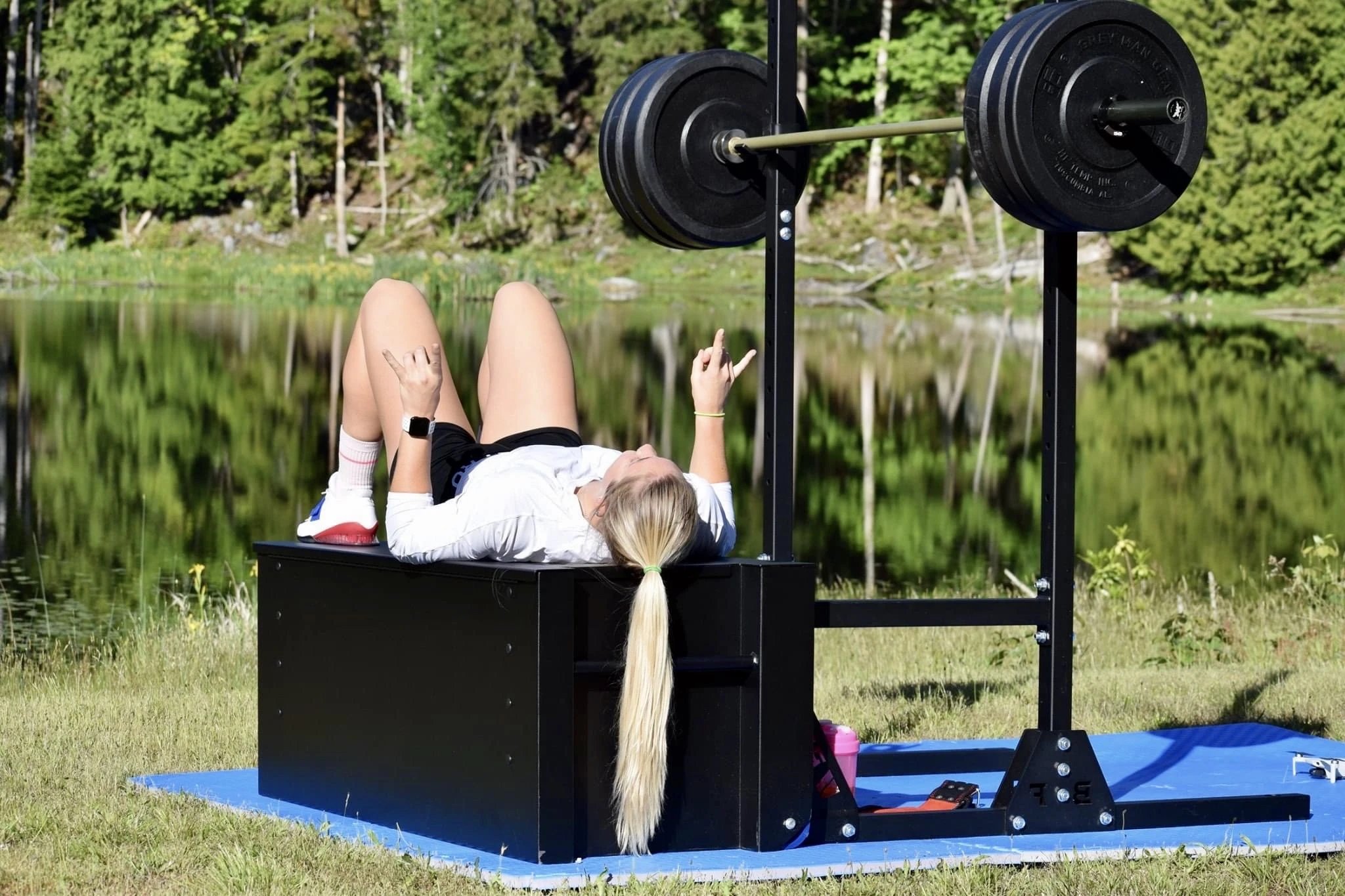
Source: Mackenzie Stewart
Slowly but surely, I pieced together the fragments of my shattered identity, reclaiming the love for my sport and myself that was once tainted by pain and fear.
Part 4: Rediscovering Passion
As I navigated the path of healing, I gradually rekindled my passion for sport. I discovered my love of piloting a bobsleigh and each practice session, and each competition became an opportunity to reclaim my strength and resilience.
Sport became my anchor amidst the storm, a source of empowerment and liberation from the trauma.
.webp?width=828&height=458&name=IMG_7608%20(1).webp)
Source: Mackenzie Stewart
Now, as I shed the darkness of my assault, I find myself at peace and finding joy in the rediscovery of my character and values. I am learning how much more I am capable of and the amazing feeling of knowing that I am unbelievably good at what I do. I have spent this last season loving my job, and knowing that I am exactly where I am meant to be. Speeding down an ice track at 146km/hr is where I have rediscovered myself and pushed my limits in every sense of the word.
Part 5: Empowering Change
My journey through healing has ignited a fire within me to advocate for change within the realm of sport.
Sexual assault thrives in silence and secrecy, but by sharing my story, raising awareness, and demanding accountability, I hope to create a safer and more inclusive environment for athletes of all genders. Together, we can dismantle the culture of silence and cultivate a culture of empowerment and support.
Sharing my story is not a cry for help; it is a testament to the resilience of the human spirit. By speaking out, I hope to shatter the silence surrounding sexual assault, to empower others to break free from the chains of shame and stigma. My journey toward healing is far from over, but with each step forward, I am reclaiming my voice, my power, and my sense of self. And in doing so, I am finding strength in vulnerability, courage in adversity, and Hope that it may inspire someone else to use their voice.
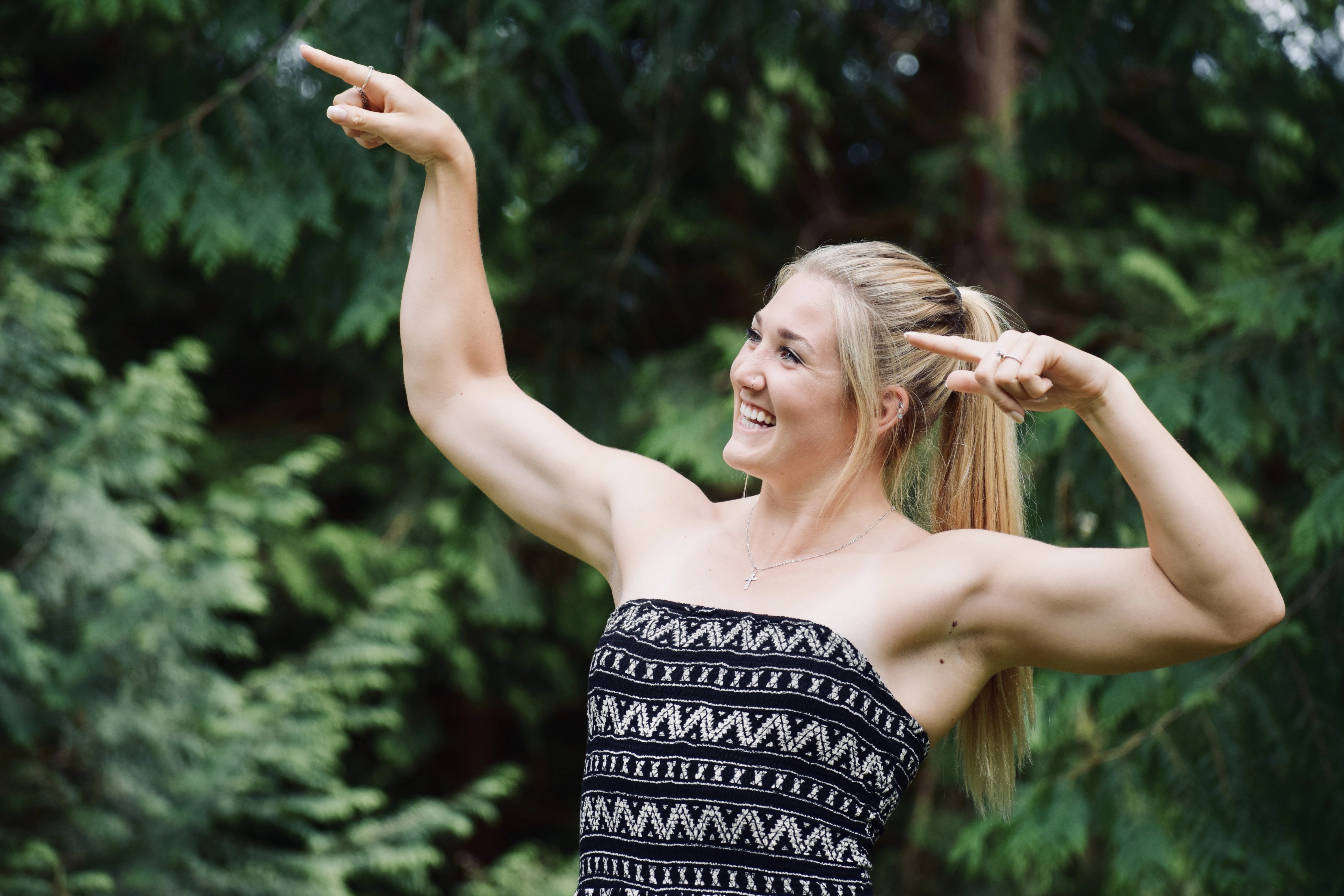
Source: Mackenzie Stewart
About Parity
Minority-founded in 2020, Parity's mission is to close the gender income and opportunity gap in professional sports. By developing high-impact collaborations between brands, professional women athletes and their fans, Parity has proudly put more than $3.5 million in the pockets of women athletes, attracting dozens of brands to the movement in the process. The platform offers connections to more than 1000 women athletes from 80+ sports, including well over 200 Olympians and Paralympians. For more information on how to tap into the rapidly rising influence and popularity of women athletes, visit https://paritynow.co or follow us on Instagram, LinkedIn, Facebook, X (formerly Twitter) and Threads.
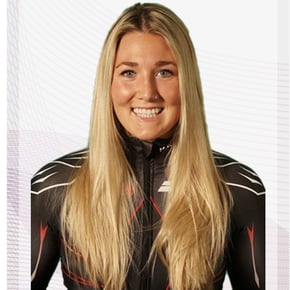


-1.png?width=600&name=What%20womens%20sports%20marketing%20campaign%20should%20you%20run%20in%202026%20(1)-1.png)
.png?width=600&name=Best%20Womens%20Sports%20Ads%20Blog%20banner%202025%20(1656%20x%20600%20px).png)